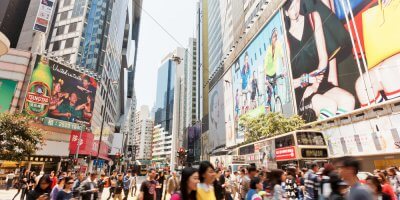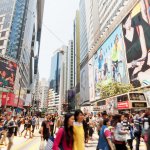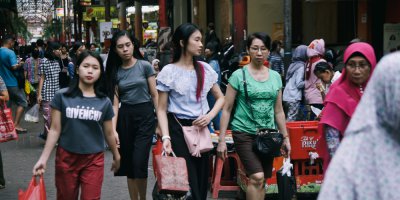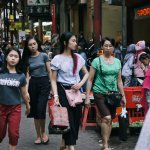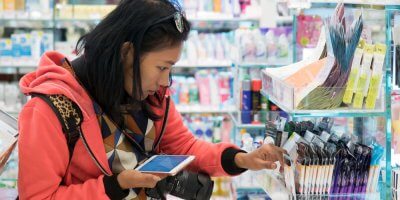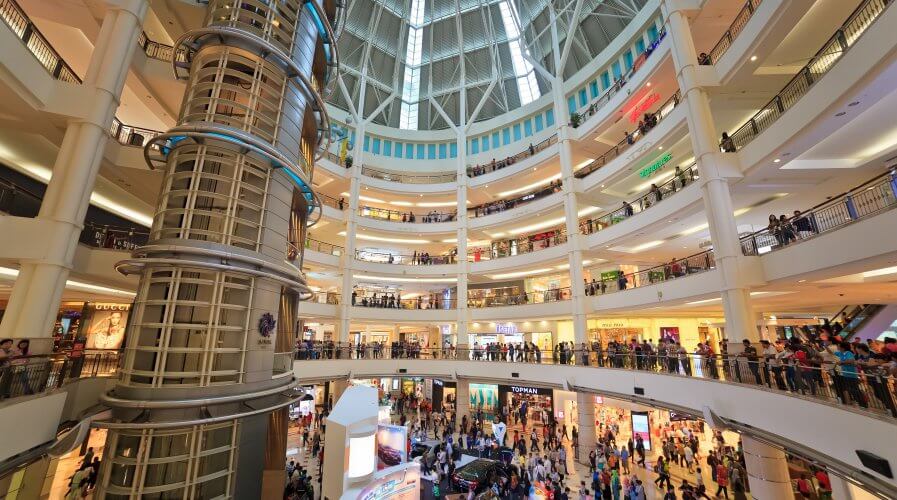
Retailers and mall operators in Malaysia are adopting technologies to enhance customer experience. Source: Shutterstock
How future tech could boost Malaysia’s retail industry
RETAIL is big business for Malaysia and accounts for 10 percent of the nation’s GDP.
So much so that the country will boast of up top 700 shopping malls by the end of next year, which is roughly equivalent to a whopping 170 million square footage of net lettable area.
And, as the country’s economy is getting more and more service-focused, and in line with Malaysia’s rapid digital transformation journey, local retailers and mall operators are adopting innovative future technologies to enhance customer experience and boost sales.
These technologies include facial recognition and shopper tracking system to obtain data that could be used to derive valuable insights.
Speaking to a local media outlet, Kuala Lumpur-based Sunway Velocity Mall general manager Danny Lee said the mall is currently trialing a new shopper tracking system that is capable of identifying shoppers’ unique mobile phones.
Calling it phase one, he said, “It enables us to know how many times a person comes to the mall and where they go. At the same time, it tells us the number of shoppers at the mall and is able to give us an accurate count of how many people visit the mall every week or month.”
The data will be then be analyzed to differentiate the shoppers to provide them customized notifications and promotions based on their shopping pattern, dwell time, travel history, and frequency.
“For example, we’d be able to detect automatically if it’s your birthday today when you visit the mall, and if there’s a special promotion in certain outlets during your birthday, you’d get certain discounts. We’ll be working on that in phase two,” Lee was quoted as saying.
According to him, the technology was first rolled out by Sunway Pyramid in Kuala Lumpur’s suburb of Petaling Jaya.
Lee stands by the robustness of the system that also features functions that track children and avoids double counting, while also serve as a tool to measure the effectiveness of promotional campaigns.
He explained, “In this mall (Sunway Velocity), we have 55-56 sensors throughout the mall. So it covers different zones, and it can track where a person goes to, from one zone to another, and capture how many people are there. At what time, how many people are there in this atrium… we’re able to generate reports on that.”
Set-up cost for the system ranges from US$28,000 to US$36,000 with about US$2500 monthly recurring cost and is already widely adopted in malls in Malaysia’s neighboring country, Singapore.
Meanwhile, Malaysian Retail Chain Association (MRCA) via its training arm MRCA Academy has been on a quest to promote digital transformation and adoption of future technologies such as facial recognition and data analytics among its members to increase efficiency and maintain a competitive edge.
Stan Singh-Jit, MRCA Academy deputy chancellor, is firm in his belief that technology will catalyze the retail industry to unprecedented growth, and enterprises should take advantage of the cutting edge solutions that are based on future technologies.
The Personal Data Protection Act makes it unlawful to record images of shoppers, but according to him, facial recognition technology could be utilized in other ways, to create a profile of individual shoppers based on their age group and gender.
“Facial recognition can tell whether the person is a staff or supplier. If a customer walks past your store but doesn’t walk in, it can also tell you how many people didn’t come into your store.
“It’s a way to find out why people don’t come in. And if my store is here, but you spend more time looking at the merchandise there, that tells me a story,” Stan said.
While cost will always be a significant stumbling block in any new digital initiative, traditional retail players must work on digital solutions consistently in order to keep customers coming back to the stores.
READ MORE
- Strategies for Democratizing GenAI
- The criticality of endpoint management in cybersecurity and operations
- Ethical AI: The renewed importance of safeguarding data and customer privacy in Generative AI applications
- How Japan balances AI-driven opportunities with cybersecurity needs
- Deploying SASE: Benchmarking your approach

